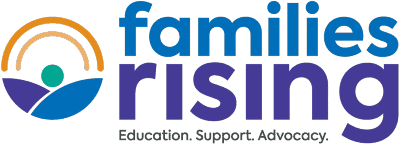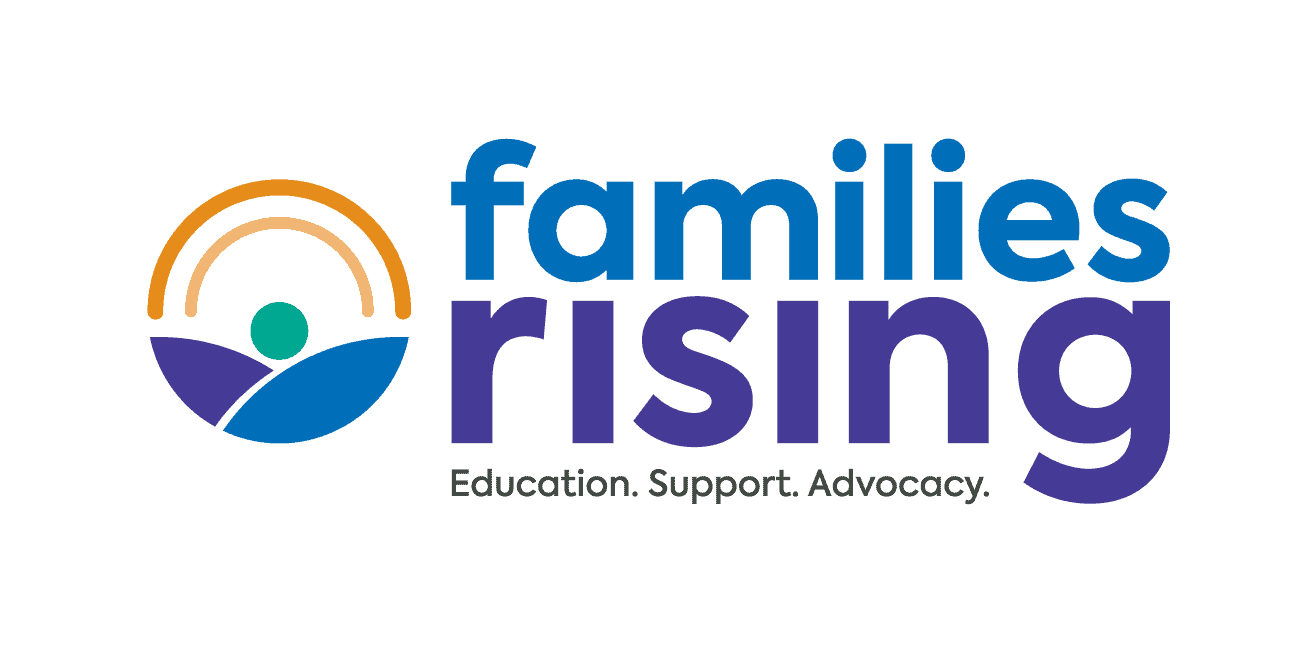Beginning or expanding a post-adoption information clearinghouse can be a daunting task.
Your group may have visions of a vast library of books, articles, directories of therapists, respite care providers, and other professionals, and you might think this goal is unattainable. In reality, clearinghouses exist in many forms. The continuum can range from a recipe box with index cards listing names and contact information for services that adoptive families may find useful, to an extensive website with searchable databases and books that people can borrow from a group’s library. No matter where your group may fall along this continuum, a clearinghouse can be extremely useful for your group and other families and professionals.
The saying “information is power” is a familiar one, and this can be a guiding force for establishing a clearinghouse. While it’s true that information is power, accurate, well-organized information is even more powerful. If your group decides to begin a post-adoption clearinghouse, first think about the best way to organize the information. There are many possible ways to categorize information, and your group needs to determine what will work best for you. A useful question to consider when deciding how your information should be organized is “How will someone else be able to find this book, article, etc., a year from now?” You may have extremely valuable resources, but if no one can find them, they become useless. Some ways to consider organizing resources are:
- By category—What is the main topic of the book? You can use short codes for each category and keep the books shelved in alphabetical order by code.
- By intended audience—For whom will this information be most useful? You may have groupings of audiences such as parents, educators, prospective parents, adoption professionals, etc.
- By level of expertise—Is the material most appropriate for people new to adoption, or for experts in adoption issues?
There are many options for organizing information, and the value of the options will vary depending on each particular group. Whichever system you choose for organizing your resources, you will likely be amazed at the amount of information that your group has.
For more information about creating a clearinghouse, please contact Barb Clark at barbclark@nacac.org.


